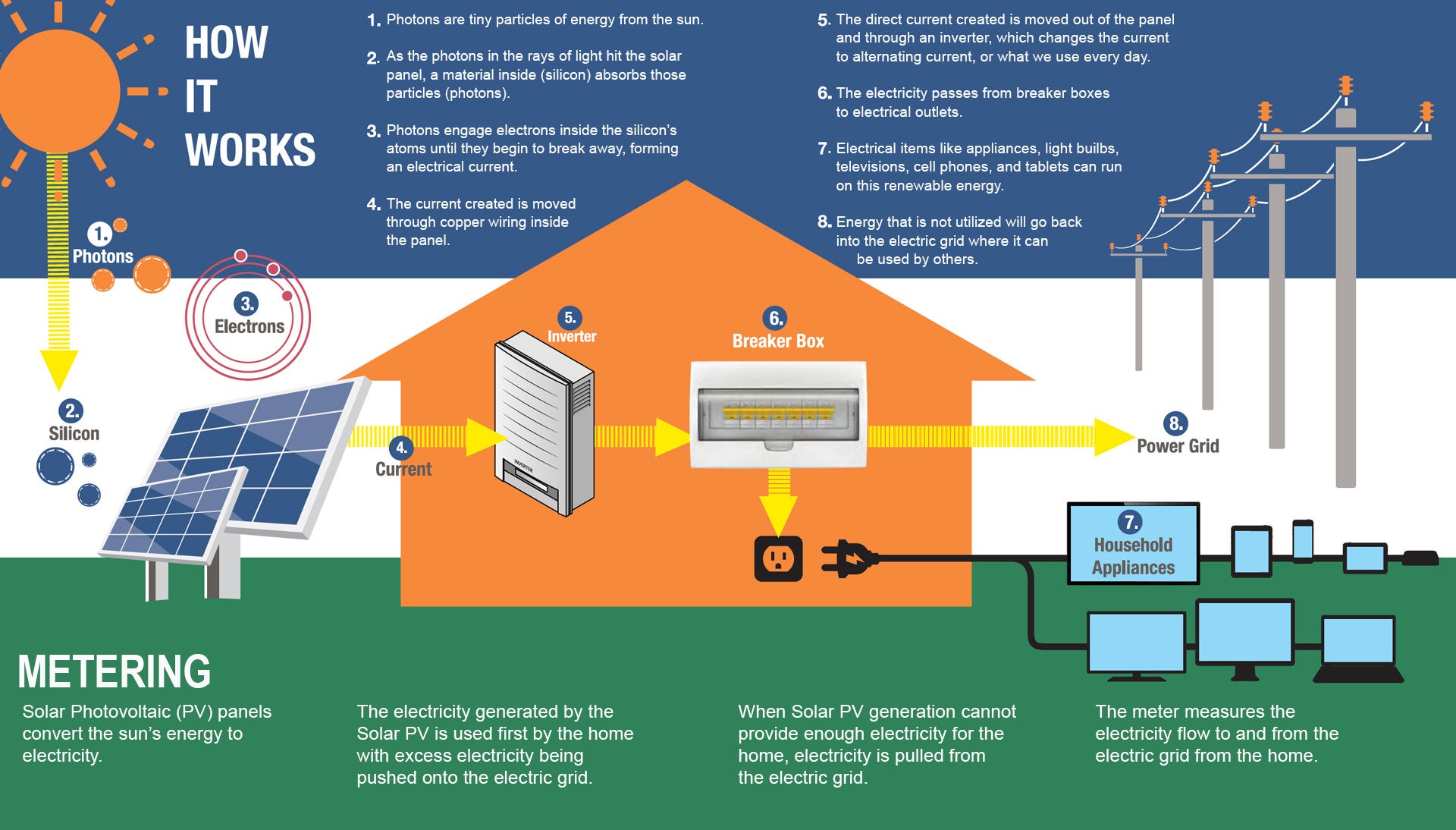Please call 1-800-794-1989 or use the SmartHub mobile app. To talk to a person, press zero.
Have you been considering the possibility of installing your own solar panels? No matter where you live or what your energy needs, Free State is committed to helping you. We have the resources and information to walk you through the ins and outs of interconnecting with the grid and parallel generation.
We are here to assist you by answering questions, providing feedback, and giving you the information you need to help in making the decision to add solar. There is no "one-size-fits-all" answer or solution, but understanding your options is the first step in making an informed decision for your property.
We want what is best for our members. Give us a call at 1-800-794-1989 and ask for Matt Lambert to get more information or to get started with your application to interconnect.
NOTICE: FreeState must approve all applications for grid interconnection.
Members operating distributed generation outside the rules and regulations of FreeState are subject to disconnection.
Please keep in mind that FreeState will work with your solar installation company, but it is important for members to stay in touch with FreeState during the process and have the system approved for the safety of our lineworkers.
Solar Systems
In this region, the most common type of distributed generation installed by a member is solar, whether on the rooftop or in an array on land. The graphic below explains how solar energy is converted to electricity that can be used in a home.

